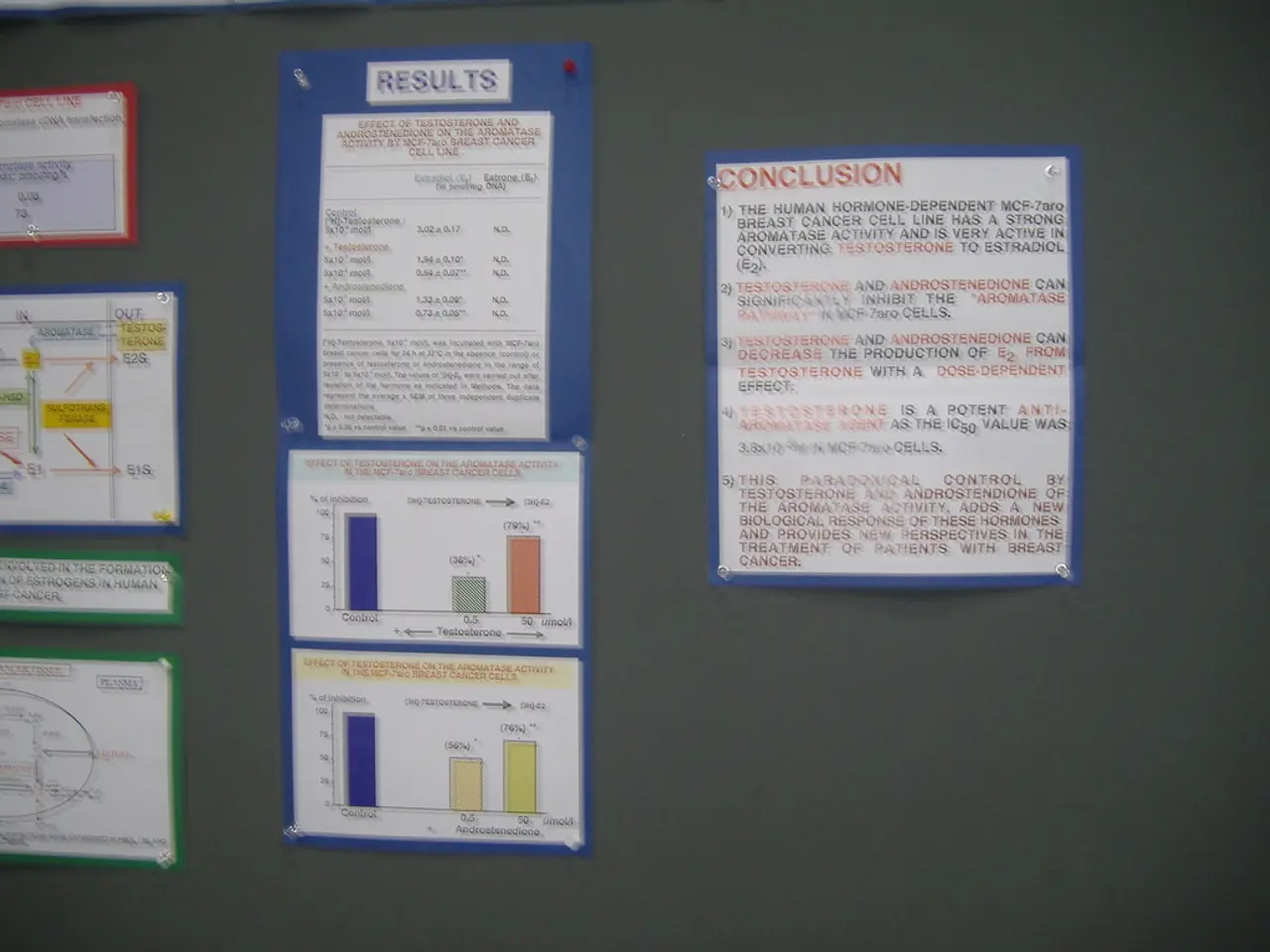Revised Business Report Templates: 11 Expert Audit Options
An audit report is a crucial document for any organisation, providing insights into its financial health, internal controls, and compliance with various standards and regulations. The structure of an audit report plays a significant role in its effectiveness, and the 5 C's of an audit report serve as a guide to ensure comprehensive, systematic, and actionable reporting.
The 5 C's of an Audit Report
- Condition: The current state or problem identified during the audit, such as discrepancies or issues in financial health or internal controls. It sets the factual basis of what was found.
- Cause: The reasons behind the condition. This may involve factors like mismanagement, errors, weak controls, or fraud, helping to identify root causes for corrective measures.
- Corrective Action: Suggestions for solutions or improvements to address the identified issues and prevent recurrence, such as enhancing procedures or controls.
- Criteria: The standards or benchmarks used to judge the condition, commonly accounting standards like GAAP or IFRS, or regulatory requirements. It forms the basis for assessing compliance or deviation.
- Consequence: Outlines potential negative outcomes if the issues remain unaddressed, like financial loss, penalties, or damage to reputation.
Together, these 5 C's help auditors present a comprehensive audit report that not only states what is wrong but also why, how to fix it, the standards involved, and why fixing it matters. This improves clarity, allows management to prioritize responses, and supports stakeholder understanding of risks and controls.
The Importance of a Well-Structured Audit Report
A good audit report communicates its findings and insights to its readers, enabling them to take recommended actions to mitigate risk and ensure the company is meeting its objectives. Whether it's a social media audit report, a fire safety audit report, or a government project audit report, the 5 C's structure the findings section, making it more informative and useful for decision-making and follow-up.
In addition to the 5 C's, an audit report typically includes other standard parts such as a title, addressee, management and auditor responsibilities, scope, and opinion. However, the 5 C's specifically enhance the reporting of audit observations and recommendations, making them more impactful and actionable.
For instance, a social media audit report may use data widgets to make financial analysis more digestible, while a real estate social media audit report template can be customised for any industry or profession. Similarly, the government project audit report features exquisite colours, a modern layout, high-res images, and tables to help present financial analysis in an impactful manner.
In conclusion, the 5 C's of an audit report serve as a valuable tool for auditors and organisations alike, ensuring that audit findings are presented clearly, systematically, and with a focus on actionable solutions.
- In the realm of finance and investing, an audit report, adhering to the 5 C's structure, offers actionable solutions for business, such as corrective actions to rectify identified issues in its social media audit report, thereby enhancing its digital strategy and overall performance.
- In the industry, a well-structured audit report, incorporating data widgets for finance analysis, can provide insights to the management, helping them make informed decisions, for instance, in the realm of real estate, where it can guide strategic investments and improvements in their properties.




